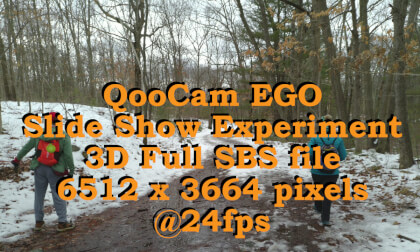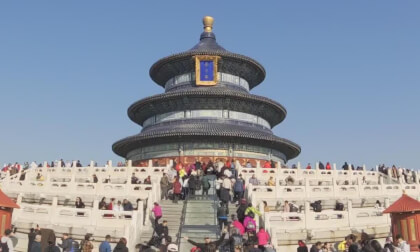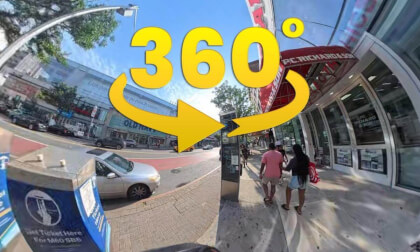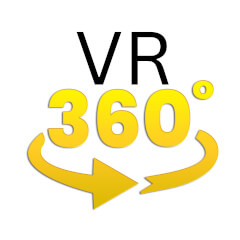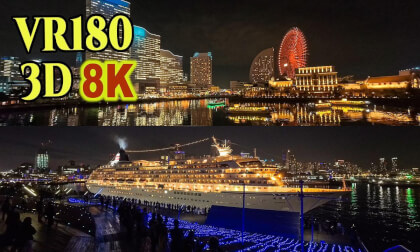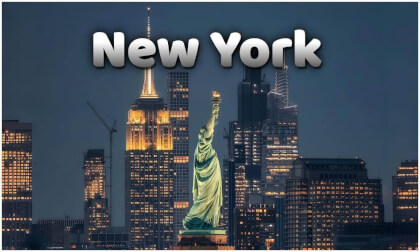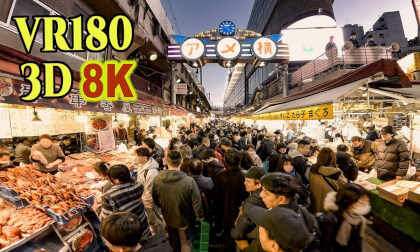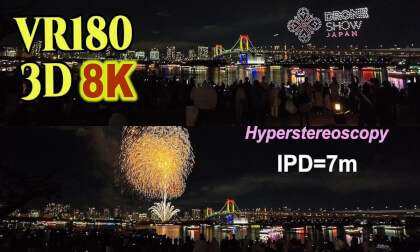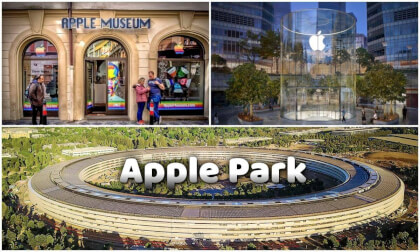
New: AI passthrough!
This amazing Deo feature uses the power of AI to turn every VR scene into AR passthrough! Now you can take characters out of VR and have them right there with you - as if they were in the same room.
Notice: AI Passthrough is presently in beta mode, and as such, users may encounter occasional service imperfections. The feature is currently exclusive to the DeoVR app, but it will soon be accessible on both browsers and mobile devices. Your feedback is highly encouraged and appreciated.
Recommended headsets:
Meta Quest 3, and Quest Pro with stereoscopic color passthrough, Pico 4 (monoscopic color passthrough).
Compatible headsets:
Quest 2, Valve Index (monoscopic black and white passthrough).
Passthrough is not compatible yet for Oculus Link cable.
Check out our complete guide to passthrough and join in the discussion at our busy forum.
The Bund stretches for 1.5 kilometers, south from Yan'an East Road to the Waihuai Bridge over the Huangpu River, and faces the Huangpu River to the east and the old financial and foreign trade institutions of Shanghai to the west. After Shanghai was opened as a trading port, foreign banks, commercial houses, chambers of commerce, and newspapers began to gather here, making the Bund the financial center of China and even the Far East. In August 1943 (the 32nd year of the Republic of China), the Bund was returned to the Shanghai Municipal Public Rental Authority along with the rest of Shanghai, marking the end of the century-long rental period, and officially named Zhongshan Road No. 1 in 1945.
The Bund stands tall with 52 distinctive classical revival buildings, commonly known as the Bund's International Architecture Exhibition, which are important historical sites and representative buildings of modern China, one of Shanghai's landmarks, and were listed as the fourth batch of national key cultural relics protection units by the State Council of the People's Republic of Ch







